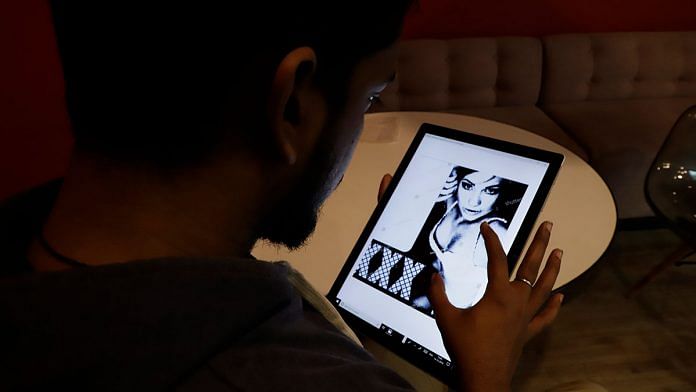Thank you dear subscribers, we are overwhelmed with your response.
Your Turn is a unique section from ThePrint featuring points of view from its subscribers. If you are a subscriber, have a point of view, please send it to us. If not, do subscribe here: https://theprint.in/subscribe/
Adam Smith’s Demand and Supply theory is one of the most fundamental economic theories that clearly depicts how a market functions. When there is a demand for something, the market immediately responds and the process to supply that particular demand gets rolling. So, when the Supreme Court, in a recent judgment, said that even watching and downloading child porn videos is a crime, the first question that came to my mind was, “Why wasn’t this a crime already?” Isn’t it obvious that every time someone—even in the privacy of their home—searched for and watched such videos, they were fueling a demand for them and putting yet another child at risk of being raped, abused, and recorded to cater to the surging demand? Besides, a man seeking such videos is a red flag for society and needs to be called out and punished right when the crime (and the criminal) is taking shape.
Anyway, like they say, better late than never! And what better time than now when the internet has become a landmine of predators, paedophiles, and rapists lurking and luring young children for such videos? Children have always been at risk of being exploited and abused by ‘friends,’ ‘family members,’ and people mistakenly included in the safety circle of kids. As per the National Crime Records Bureau data, in 2018 alone, 109 children were reported abused every day. This number is far from what the actual figure would be, given the harsh truth that child abuse is often hidden by families and swept under the carpet.
This figure has skyrocketed by now, given the unregulated digital terrain that has evolved beyond borders and regulations over the years. From the seemingly innocuous chat rooms of online games that children play to predators on social media sending friend requests to naïve, clueless children, dangerous men disguised as friends and ‘friend suggestions’ have made their way everywhere. According to data from the US-based National Centre for Missing and Exploited Children (NCMEC), in 2020 alone, over 2.4 million child pornography cases were reported from India.
If you haven’t choked on these numbers already, here’s more: India is ranked among the top five countries for hosting Child Sexual Abuse Material (CSAM). Given the fact that the country right now has over 700 million internet users, our country’s role and stance on this issue play a crucial part in combating this global catastrophe in the making.
So, the Supreme Court’s recent order, while hearing a petition by an alliance of NGOs called Just Rights for Children Alliance, is more than welcome amid these figures. Hearing the petition that was against a Madras High Court judgment, which stated that watching child pornography videos is not a crime, the Supreme Court said that the mere viewing or storing of such material is now a criminal offense under the POCSO Act.
For India, which serves both as an important host and consumer of such material, this stern stance puts the country prominently on the global map and sets a precedent for the world. The problem after all neither originates from India nor does it end with her. The entire world right now is a dark web for children. Not many countries have proper laws on child pornography. In 2005, NCMEC fielded 340,000 calls to its CyberTipline, up from more than 24,400 in 2001. Moreover, INTERPOL has cited Germany as one of the major producers of child pornography, with the Netherlands and the United Kingdom as major distribution centers. The United States is one of the largest markets for child pornography, though more interest has shifted to Southeast Asia in recent years.
So, this Supreme Court order is a stern signal to everyone and to the world at large that even if you plan to search for such a video, save it, or even circulate it in the privacy of your home or office, you are a criminal. There is no easier or softer way to handle this crisis that is escalating at jet speed, and without such regulations and stances, tackling the crime and the criminal would become a Sisyphean task. Besides such judicial stance, the responsibility has to be put on these mega tech giants and search engines which not only provide for this crime but also lets the criminals thrive clandestinely.
It’s time the entire world takes a cue, become stricter and unforgivable towards such criminal minds because while the onus for a safe digital world lies with us, unfortunately the consequences of our failures are for our children to bear.
These pieces are being published as they have been received – they have not been edited/fact-checked by ThePrint.


